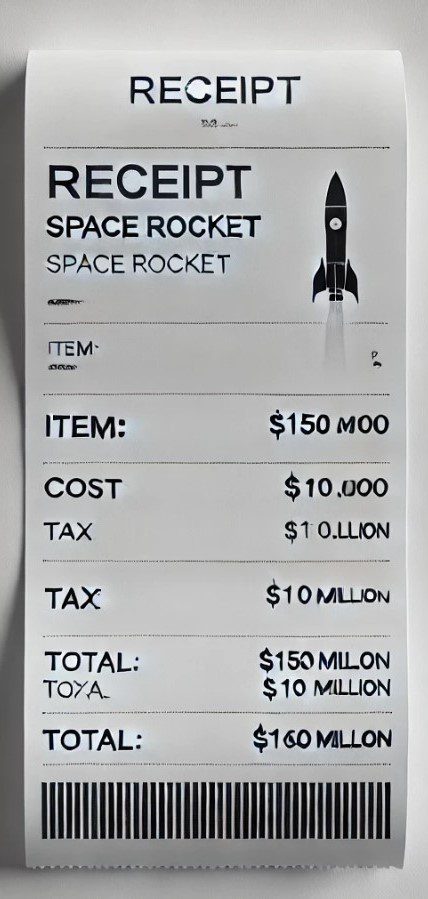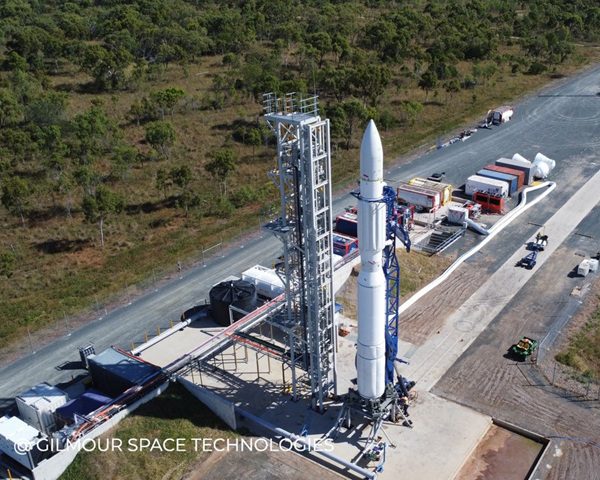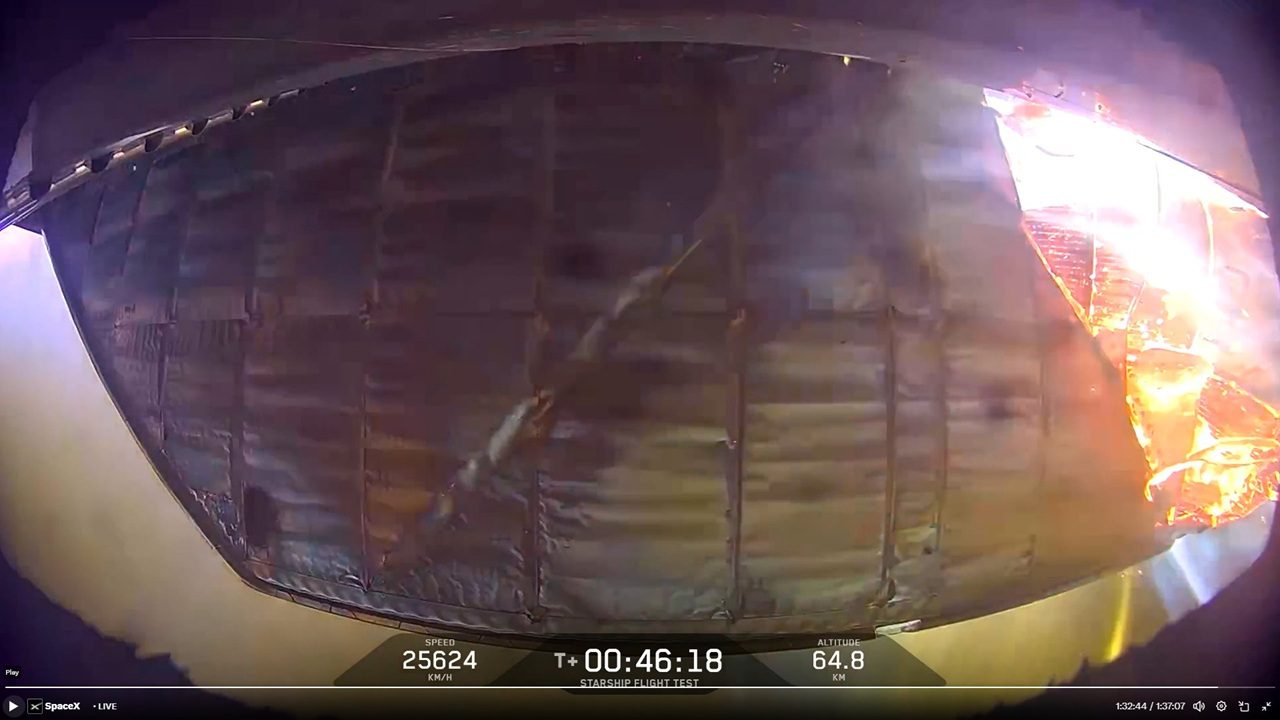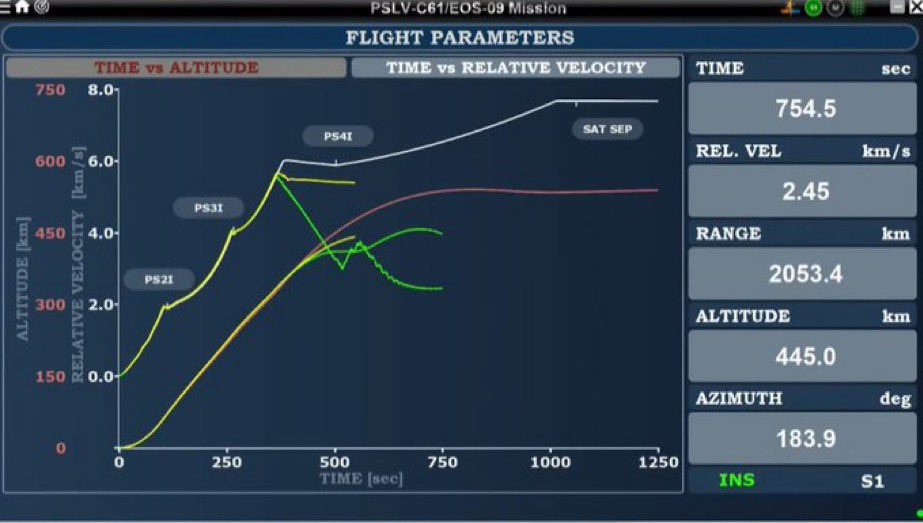NASA’s 100-page Mars Design Reference Architecture 5.0, elements of which were first seen in a 1 October 2007 presentation, is now available on the Lunar and Planetary Institute’s exploration strategies website with a publication date of July 2009. But this blogger can’t find any blogosphere links to it that date to then or since so here it is! Exclusively! With a 406-page addendum and a 47-page executive summary there is plenty to trawl through from this study that was first announced in 2006 – click through to the extended portion of this blogpost for more comment
Then NASA administrator Michael Griffin announced at the 9th International Mars Society Convention in Washington DC on 3 August 2006 that his agency would undertake studies of manned Mars missions in 2007. The July 2009 DRA 5.0 report now makes it clear that in 2007 there was a Mars architecture study – the outcome of which was seen in the aforementioned October presentation given at the NASA’s Lunar exploration analysis group meeting
There was a design reference mission for Mars in the 2005 Exploration Systems Architecture Study (ESAS) that was the basis for NASA’s Constellation programme. In fact Constellation’s planning was really supposed to begin with Mars and work backwards for the simple reason that Orion crew exploration vehicle and the Ares V cargo launch vehicle would have to be designed with the Mars mission in mind. The Mars Orion was the Block 3 Orion, back when there was the Block one, the International Space Station cargo Orion variant, and the Block two for the crewed lunar version
But as the ESAS executive summary says on page 10, “The scope of the ESAS was only to address the transportation of the crew to a Mars Transfer Vehicle (MTV) in LEO or re-entering from the MTV at the conclusion of the Mars mission, and to provide the design of a CaLV with an LEO cargo capacity of 125 mT.”
And now we have the full blown DRA 5.0 in all its glory
With a notional start date of 2035 the DRA 5.0 has three Apollo style six-crew 914-day missions that are conducted over 10-years, with each mission going to a different surface location
Using the long stay “conjunction class” approach each mission could require at least seven Ares V cargo launch vehicle launches sending pre-deployed assets such as the Descent/Ascent Vehicle (DAV)
These manned flights would be preceded by Mars and lunar missions using robots and human trips to the Moon
Interestingly it says on page 35 of the DRA 5.0 report that: “the technical assessments conducted for the DRA 5.0 focused primarily on the launch vehicle, interplanetary transportation, and EDL systems.” No point looking at the surface systems then…
The interplanetary tansportation Marships would be assembled in a 407km (252mile) circular orbit. Its propulsion, habitat and other cargo elements are launched 30-days apart with launches beginning months before the Marship(s) is to conduct its double trans-Mars injection burns needed to achieve Earth escape for a 174-day transit, for the crew, to the red planet. Cargo launches would be slower
Four Ares V launches would be needed for the two cargo Marships, also known as Mars Transfer Vehicles (MTV), needed for each manned mission, followed by three Ares V launches for the crewed MTV. An Ares I launch would get the Orion crew exploration vehicle to the crew MTV
The Marships would use clusters of three nuclear thermal rockets with up to 25,000lb (111kN)-thrust and up to 950s specific impulse using liquid hydrogen. Three engines are used for an engine out capability
The team also studied an all-chemical MTV but this option was rejected

credit NASA / caption: this concept was rejected because of the many launches needed for assembly
Reaching the planet, the orbit insertion burn aims to put the MTVs into a 250km x 33,793km orbit. While cargo orbit insertion could use aerocapture, the baseline for crew is propulsive
For Mars entry for crew and cargo the Ares V shroud is used as an aeroshell payload entry shield. Its 30m long and 10m wide and is 6,500kg heavier than the standard fairing. So the report states that it expects a payload reduction of up to 10%
The aeroshell shield thermal protection system (TPS) would be a mix of Phenolic Impregnated Carbon Ablative (PICA) and Space Shuttle heritage technologies including the LI-2200 and 900 tiles and the Felt Reusable Surface Insulation blankets
Once the shroud is ejected the entry, descent and landing (EDL) system could use supersonic aerodynamic inflatable decelerators, supersonic retro-propulsion, rigid hypersonic deployed decelerators or hypersonic inflatable decelerators, e.g. inflatable heat shields, and parachutes to slow the vehicle down for landing. The report states that previous EDL mass estimates were too low and that there is likely to be further payload penalties
The DAV MTV would land the descent, ascent vehicle as soon as it reached Mars while the Surface Habitat (SHAB) Marship would stay in Martian orbit awaiting the crew
Once landed the DAV, which uses liquid oxygen, methane pump fed engines, uses its own nuclear power reactor for producing CH4 propellant from the Martian atmosphere
When the crew reaches Mars orbit they transfer in the Orion to the SHAB, which will act as a lander. Like the DAV the SHAB is contained within the Ares V shroud and has its own EDL. Once it lands the SHAB would operate as a habitat
The six-crew would spend up to 539-days on the surface using the SHAB and pressurised and unpressurised manned rovers
Returning to the crew MTV using the DAV they would have a 201-day journey back to Earth, transferring to the Orion for direct Earth re-entry. The MTV would fly past Earth on a heliocentric orbit
For this direct re-entry the Orion block three has to have improved TPS to cope with a re-entry speed of 12km/s. According to the report previous studies had re-entry at 14km/s but the DRA 5.0 team thought they could get that down to 12km/s. Direct lunar re-entry is 11km/s
After the Apollo era’s Avcoat was selected over PICA for Orion block two at the beginning of this year perhaps that should have been included in the report? The other challenge for Orion is that it will spend three years in space with much of that in a cold soak state and will need to be certified for that
The report states that to develop all the technologies needed for this a major technology programme is required but with the president Barack Obama review of US human spaceflight plans likely to see a new vision for exploration that pushes any manned mars effort way, way out into the future such a programme, along with all these reports, is just very very academic
However NASA has also funded a scaled back DRA 5.0 study and on the Jet Propulsion Laboratory website there is a presentation all about and its called the “Austere Human missions to Mars” study. It seems some at NASA have finally learned a lesson from the budgets Congress wants to give the agency and this austere approach assumes no more funding per year for the Mars effort than ISS gets now and a four crew flight every four years
Perhaps an austere 5.0 will feature in the flexible path?







